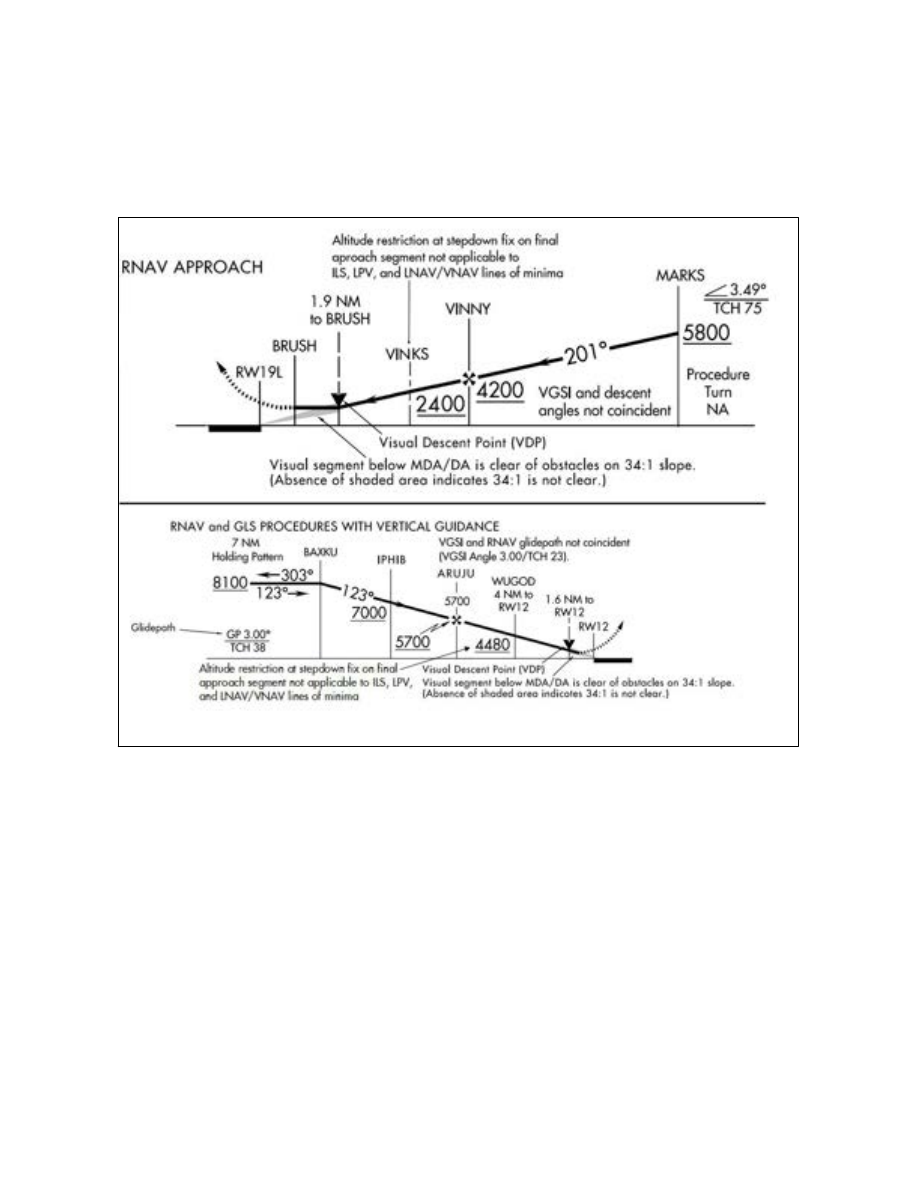
4/20/23
AIM
TBL 5
−
3
−
17
Free Text Downlink Message Elements (TXTD)
CPDLC Message Sets
Operational Definition in PANS
−
ATM (Doc 4444)
FANS 1/A
ATN B1
Response
Message
Element
Identifier
Message Element
Intended Use
Format for
Message
Element
Display
DM68
(free text)
Note 1.
−
Urgency or Distress
Alr (M)
Note 2.
−
Selecting any of the
emergency message elements
will result in this message
element being enabled for the
flight crew to include in the
emergency message at their
discretion.
N/A
Y
TXTD
−
1
(
free text
)
Note
−
M alert
attribute.
TBL 5
−
3
−
18
System Management Uplink Message Elements (SYSU)
CPDLC Message Sets
Operational Definition in PANS
−
ATM (Doc 4444)
FANS 1/A
ATN B1
Response
Message
Element
Identifier
Message Element
Intended Use
Format for
Message
Element Display
UM159 ERROR
(error
information)
UM159 ERROR
(error
information)
N
SYSU
−
1
System
−
generated
notification of an
error.
ERROR
(error
information)
UM160 NEXT DATA
AUTHORITY
(ICAO
facility designation)
Note
−
The facility
designation is required.
UM160 NEXT
DATA
AUTHORITY
(facility)
Note
−
Facility
parameter can
specify a facility
designation or no
facility.
N
SYSU
−
2
System
−
generated
notification of the
next data authority
or the cancellation
thereof.
NEXT DATA
AUTHORITY
(facility
designation [O])
En Route Procedures
5
−
3
−
11